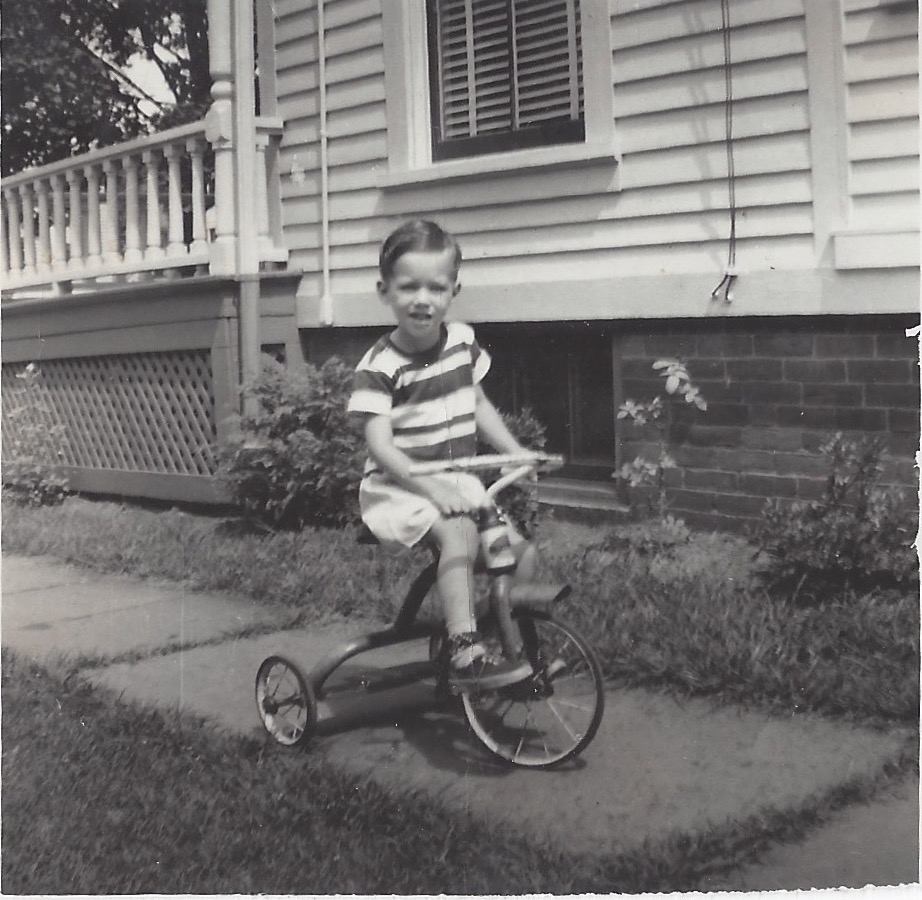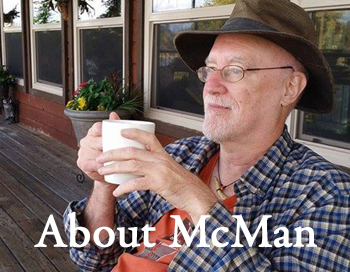
Populations
 DEPRESSION IN KIDS
DEPRESSION IN KIDS

Parents need to spot the signs, but also think very carefully about the options.
by John McManamy

Parents need to spot the signs, but also think very carefully about the options.
by John McManamy
FIRST the facts:
Some 3.5 million Americans under 18 have severe depression, one in every 33 children, according to estimates, and one in every eight teens, most who go undiagnosed and untreated.
According to Cynthia Pfeffer of Columbia University, testifying at a 2004 FDA public hearing into the safety and efficacy of antidepressants in kids, major depression affects approximately two percent of children, and four to eight percent of adolescents. By the time a youngster reaches age 18, there is a 20 percent prevalence rate for major depression. "Since prior to World War II, each successive generation seems to have a higher risk for major depressive disorder," she reported.
The rate of dysthymia (low grade chronic depression) is slightly lower and is often under-recognized, she went on to say. Seventy percent of youth with dysthymia break out into major depression, usually within two to three years of the onset of dysthymia. Compared to adults, adolescents have more behavioral problems. Psychotic depression occurs in 30 percent of youngsters with major depression. Atypical depression has not been studied in kids. Co-occurring disorders may be present in up to 90 percent of youth with major depression, including dysthymia, anxiety, disruptive behavior, and substance use.
The personal toll can be enormous: Homework not done, lessons not learned, ostracism by peers, alienation from family, run-ins with authority. A typical depressive episode can rage on for nine months or more, the length of a school year, enough time to brand a youth as undesirable and sabotage forever his or her brightest hopes and dreams. Six to 10 percent of kids with major depression have a protracted course, 40 to 60 percent relapse after remission, and 20 to 60 percent have recurring episodes after recovery.
The victim may retreat into his or her inner world or take comfort in alcohol or illegal drugs. Or the opposite may happen in the form of aggressive behavior that has neighbors dialing 911.
Since the 1950s, youth male suicide rates in the US increased three-fold. Fortunately, there has been a sharp decline starting in 1994 and around the same time in other industrialized nations, possibly related to teens being prescribed SSRIs.
Until a short while ago, our society refused to admit to depression in our children, much less acknowledge they had anything to be depressed about. All too often, parents fail to recognize the symptoms or respond with ill-advised boot-in-the-backside remedies. According to a survey of near-suicides, parents perceived depression in their children only 13 percent of the time (versus 57 percent subsequently diagnosed).
As to why kids get depressed, all the usual suspects are trotted out: the stresses and strains of modern life, working parents, broken homes. Poor kids are at greater risk due to more environmental stressors, but well-off kids are hardly immune. After a certain age, girls become far more likely victims in much greater numbers, probably due to concerns about their appearance and fitting in.
SIGN UP FOR MY FREE EMAIL NEWSLETTER
Should Kids with Depression Take Antidepressants?
Antidepressants were designed for adult brains, but in Jan 2003, the FDA approved Prozac for kids seven to seventeen, the first and only antidepressant indicated for such use. Several other antidepressants have failed in clinical trials in children, and have raised concerns over their safety, resulting in two highly-publicized FDA public hearings in 2004 and a black box warning on the product labeling.
The reported safety data from the FDA and its UK counterpart, the MHRA, although spotty, revealed that 6.1 percent of the kids in the Prozac trials experienced hyperactivity, 3.1 agitation, and 2.6 had manic or hypomanic reactions (vs hardly any or zero in the placebo groups). Although the FDA did not connect these effects to suicidal behavior, in October 2004 it instructed manufacturers to warn on the product labeling that kids on antidepressants need to be carefully monitored as "there is concern that such symptoms may represent precursors to emerging suicidality."
An FDA analysis of 25 pediatric trials involving 4,000 patients found "out of 100 patients treated we might expect two to three patients to have some increase in suicidality due to short-term treatment ... that is beyond the risk that occurs with the disease being treated."
A counter-view is offered in the Oct 2003 Archives of General Psychiatry, where researchers from Columbia University reviewed 588 case files of kids aged 10 to 19 and found that a one percent increase in antidepressant use was associated with a decrease of 0.23 suicides per 100,000 adolescents per year, suggesting that your depressed child is probably a lot safer taking an antidepressant.
A 2004 NIMH study of 439 youths (TADS) found Prozac helped teens overcome depression far better over the short term than talking therapy, and that the greatest success came when the two treatments were combined. After 12 weeks, 43 percent responded to talking therapy, 61 percent to Prozac, and 71 percent to combination Prozac-talking therapy. The study did not investigate long-term use.
If antidepressant treatment is called for (only after the bipolar diagnosis is ruled out), close monitoring - ideally under the care of a psychiatrist with a specialty in pediatric psychiatry - is essential. At the FDA hearings, bereaved parents came forward with numerous examples of primary care physicians who failed to warn them of the potential adverse effects of these drugs and provide proper follow up. If a primary care physician is your only option, make sure he or she has some basic competence in treating kids for depression.
For more info on antidepressants, please check the articles in the Treatment section.
Published 2000, latest update Jan 20, 2011, reviewed Dec 4, 2016
NEW!
Follow me on the road. Check out my New Heart, New Start blog.












